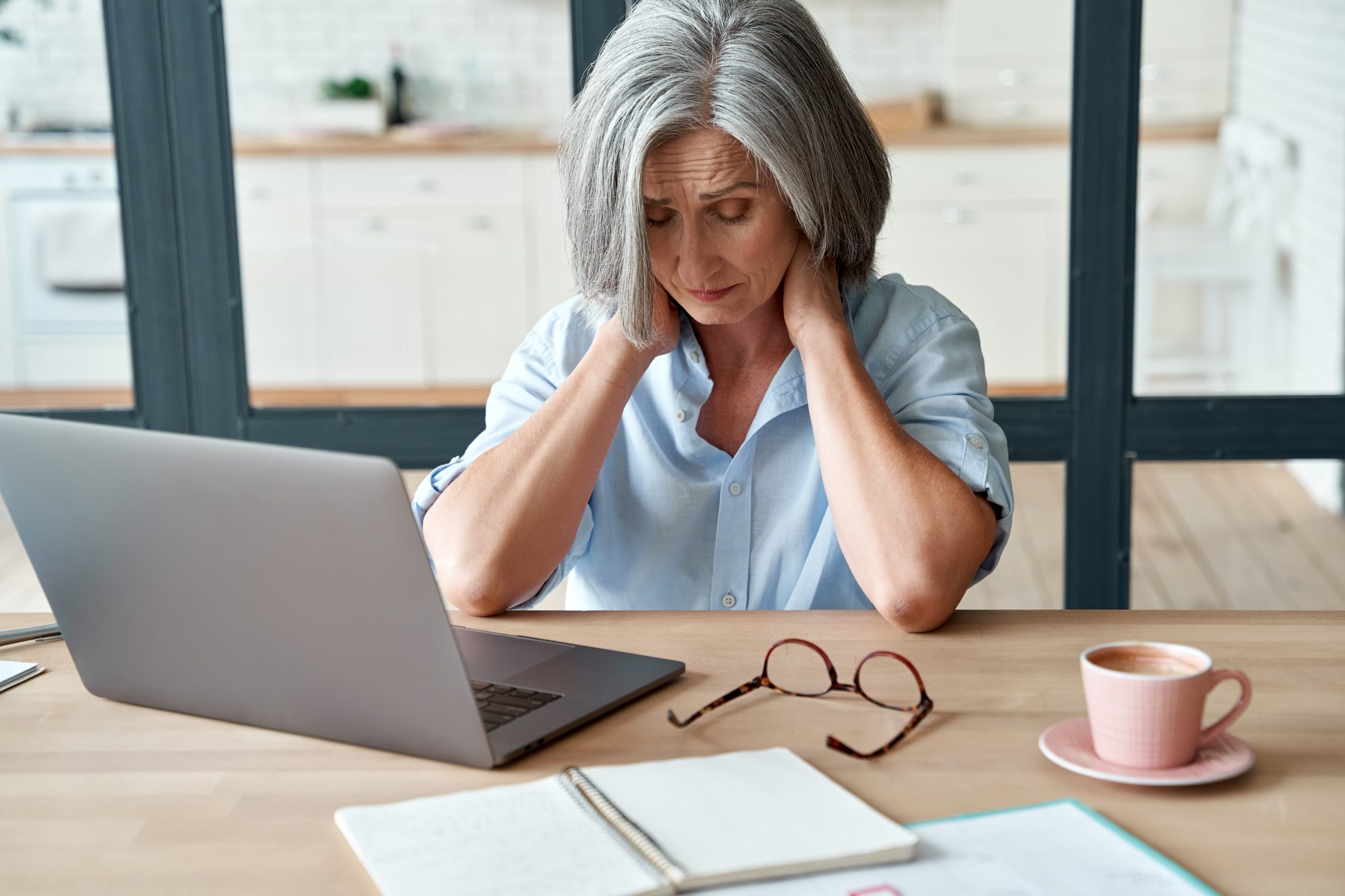Chronic or long-term pain is pain which is experienced for at least 3 months. The Pain can be caused by an underlying condition (injury, osteoarthritis, rheumatoid arthritis, ulcerative colitis, endometriosis). Chronic pain is considered common, affecting between one-third and one-half of the population of the UK.
Medical Cannabis is thought to act on our own endocannabinoid system, which is made up of our very own cannabinoid receptors throughout the body and our endocannabinoids, chemicals which lock on to those receptors and perform vital functions, such as pain management.
Global data shows that patients receiving medical cannabis for chronic pain are likely to achieve a 30-50% reduction in pain compared to those receiving placebo.
For more information visit: Frequently Asked Questions | British Pain Society Information for the public | Chronic pain (primary and secondary) in over 16s: assessment of all chronic pain and management of chronic primary pain | Guidance | NICE
Other conditions we treatMedical cannabis may produce a positive response across neuropathic, nociceptive and nociplastic pain disorders. The National Academies of Sciences has concluded that ‘there is substantial evidence that cannabis is an effective treatment for chronic pain in adults’.
As pain has multifactorial aetiology, there are many potential pathways upon which medical cannabis may elicit its therapeutic effect on pain. This includes both central and peripheral effects of the major cannabinoids delta-9-tetrahydrocannbinol (THC) and cannabidiol (CBD) on endocannabinoid receptors CB1 and CB2.
Other conditions we treatChronic Pain Conditions
Many people who have arthritis or a related inflammatory disease may be living with chronic arthritic pain. Arthritis is a common condition that causes pain and inflammation in a joint.
The two most common types are osteoarthritis and rheumatoid arthritis. Common symptoms include joint swelling, pain, and stiffness. This often results in a restricted range of movement and reduces the ability to carry out daily activities. Symptoms may come and go and can be classified as mild, moderate or severe.
Fibromyalgia is a long-term condition that causes pain, stiffness and tenderness in muscles and joints. There are many associated symptoms including sleep disturbance, problems with memory/ concentration, headaches and irritable bowel syndrome. The exact cause of fibromyalgia is unknown, but it’s thought to be related to abnormal levels of chemicals in the brain and the processing of pain messages.
Neuropathic pain develops when nerves in the body are damaged. The symptoms depend on which nerves are affected but is typically described as shooting, burning, tingling or like an electric shock. The pain is usually constant but can come and go. Some causes of neuropathic pain can be diabetes, alcoholism, vitamin B12 deficiency, spinal cord injury.
Pain in the back is particularly common, it can be felt anywhere along the spine, from the neck down to the hips. Back pain usually gets better on its own within a few weeks or months but if it is persistent and gets worse over time, you should consider seeing a healthcare professional. It is often not possible to identify the cause of back pain, this is called non-specific back pain.
Cancer pain has many different causes and there are many different types. Most types of cancer-related pain can be classified as nociceptive pain (tissue injury) or neuropathic pain (damage to the nerves). Cancer pain may be caused by the cancer itself or due to your cancer treatment.
A migraine is usually a moderate or severe headache felt as a throbbing pain and is often accompanied by symptoms such as feeling / being sick and increased sensitivity to light or sound. Some people have migraines frequently whereas other people may only have a migraine occasionally. Most migraines occur with no underlying reason however, some patients may have specific triggers e.g. caffeine, cheese, alcohol.
Cluster headaches are severe episodes of pain which affects one side of the head, often around the eye, they usually begin quickly and without warning. Cluster headaches usually happen in ‘clusters’ – for example they may occur every day for several weeks or months, followed by a symptom-free period. They are more common in men and tend to start when a person is in their 30s or 40s.
Endometriosis is a condition where tissue similar to the lining of the womb starts to grow outside of the womb, such as the ovaries and fallopian tubes. This can cause symptoms of pelvic pain, period pain that stops you doing your normal activities and pain during or after sex. Endometriosis can affect women of any age; it currently affects around 10% of reproductive age women and girls of reproductive age globally.

